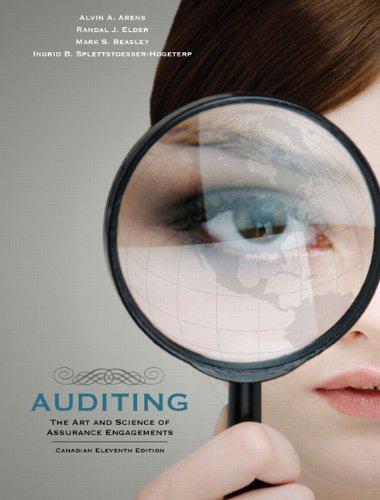Answered step by step
Verified Expert Solution
Question
1 Approved Answer
EE 4-1 p. 165 PE 4-1A Flow of accounts into financial statements OBJ. 1 The balances for the accounts that follow appear in the Adjusted




Step by Step Solution
There are 3 Steps involved in it
Step: 1

Get Instant Access to Expert-Tailored Solutions
See step-by-step solutions with expert insights and AI powered tools for academic success
Step: 2

Step: 3

Ace Your Homework with AI
Get the answers you need in no time with our AI-driven, step-by-step assistance
Get Started


